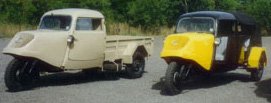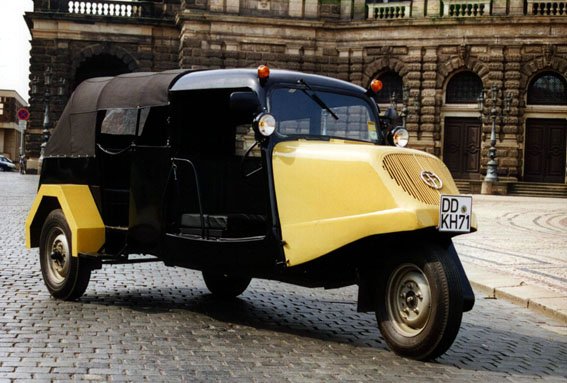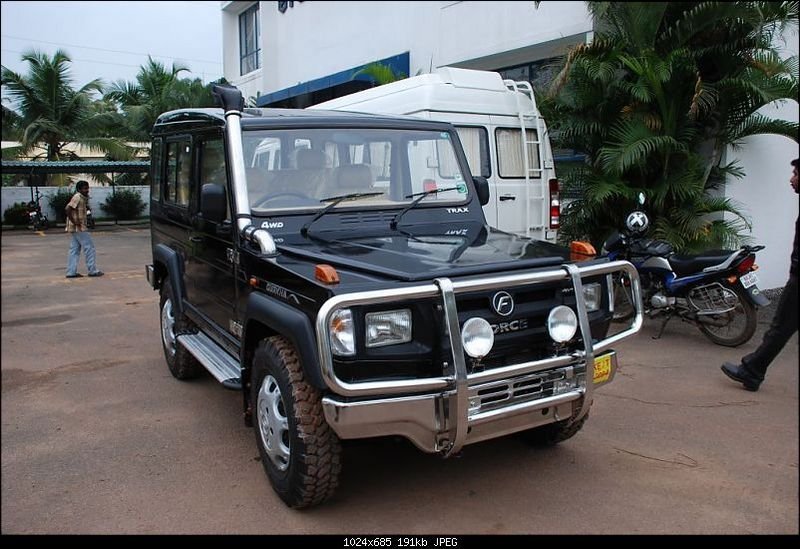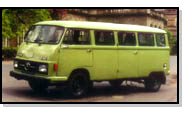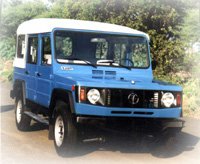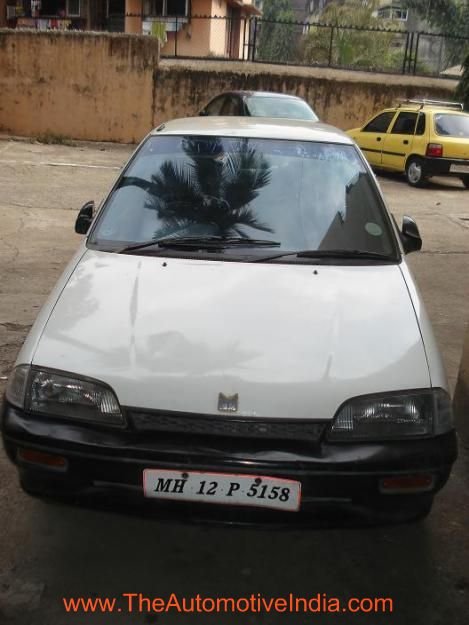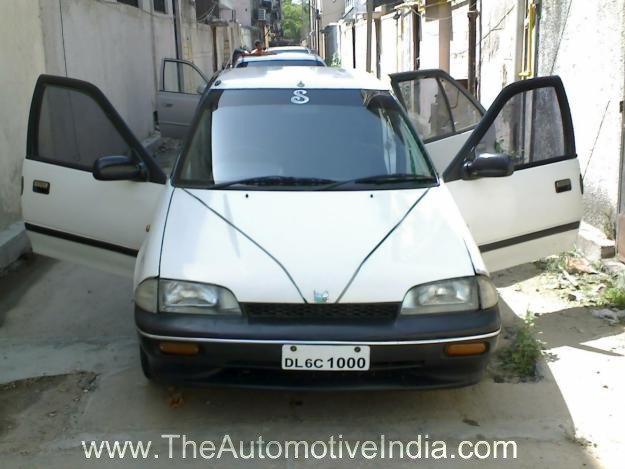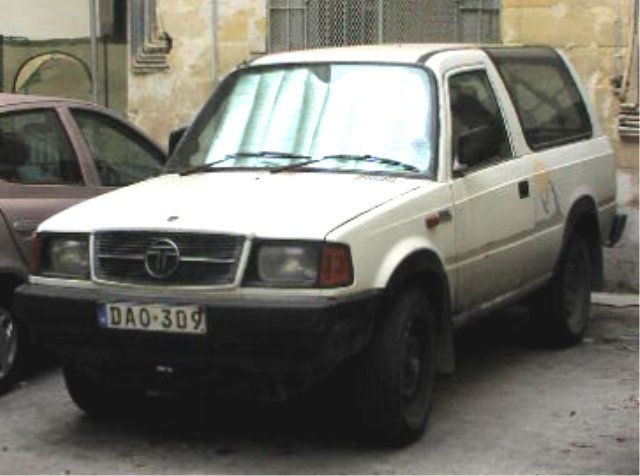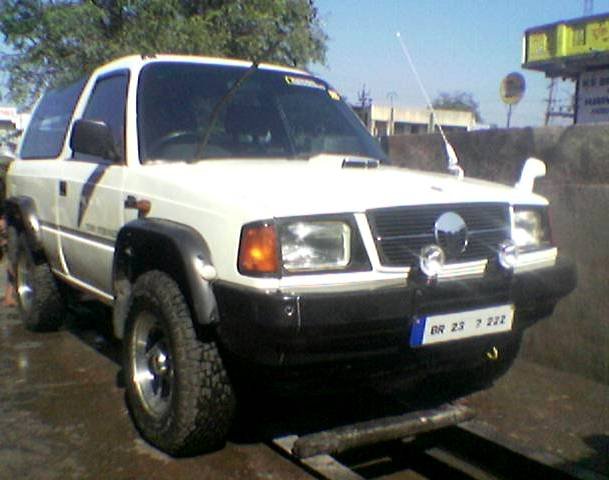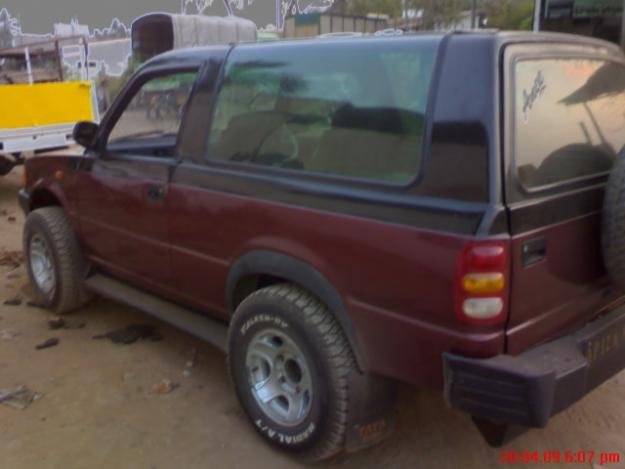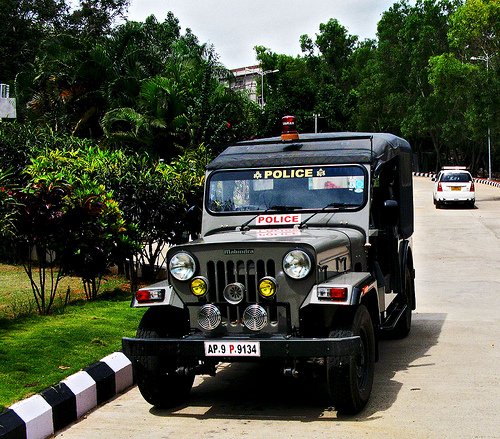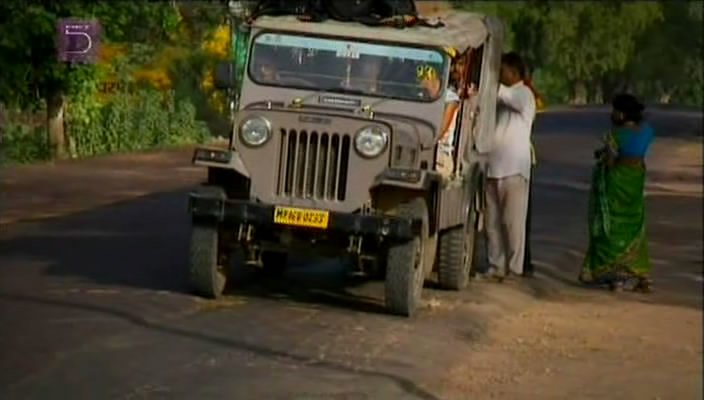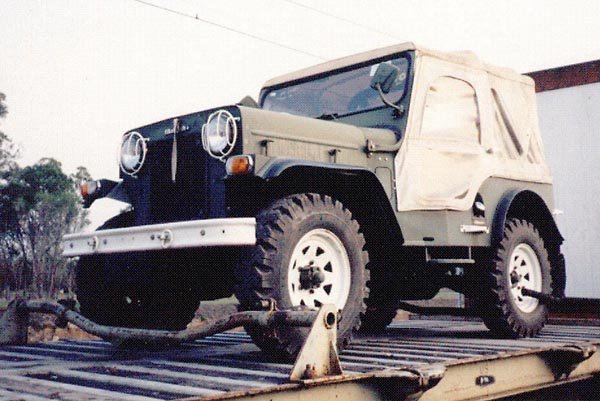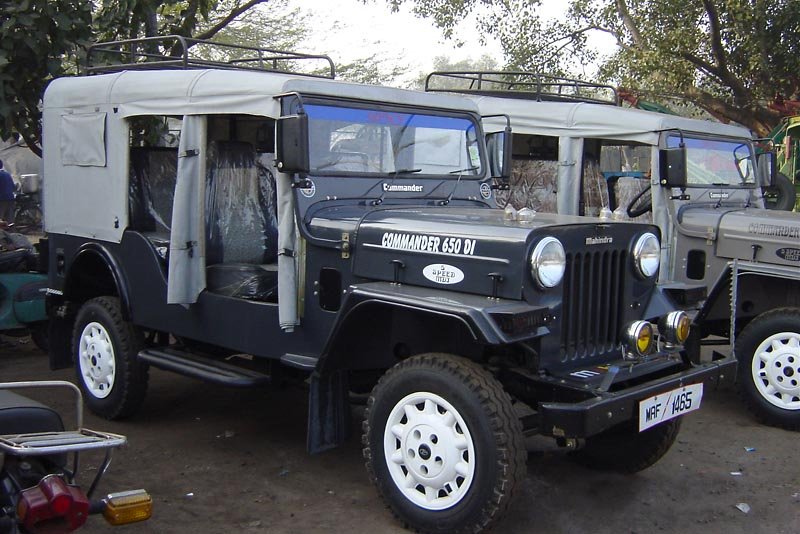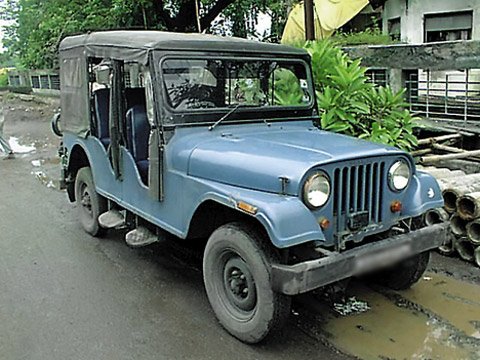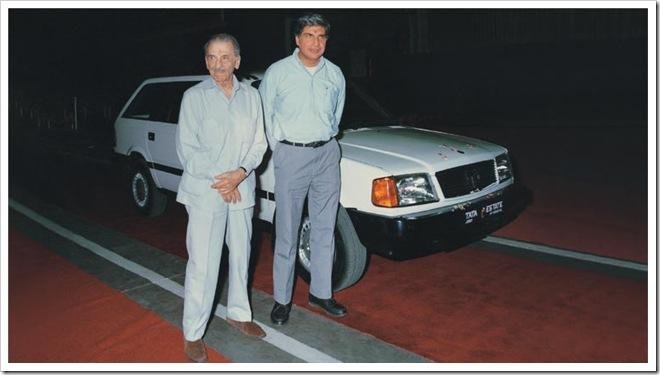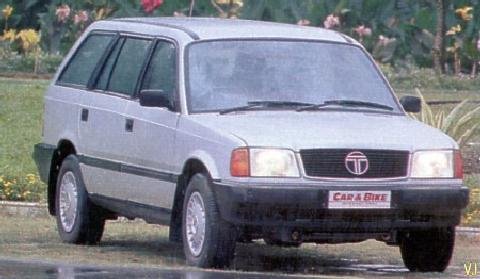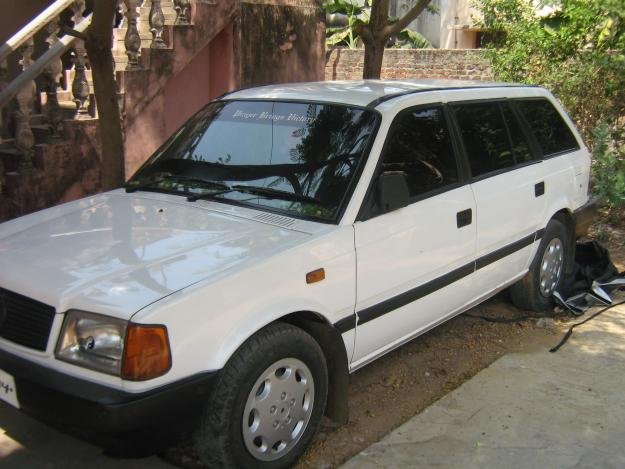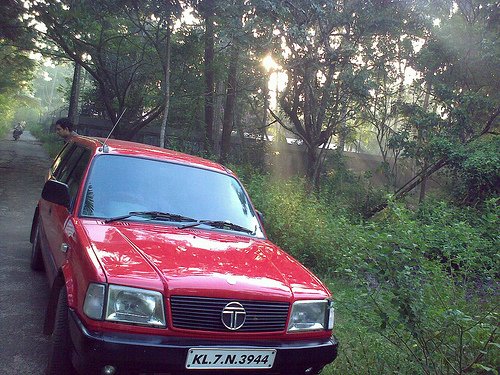Thread Starter
#61
Force Motors - Till 1990
Force Motors founded in 1958 as Bajaj Tempo Ltd. is a manufacturer of three wheelers, multi-utility and cross country vehicles, light commercial vehicles, tractors, buses and now heavy commercial vehicles. Abhay N. Firodia is the Chairman & Managing Director.
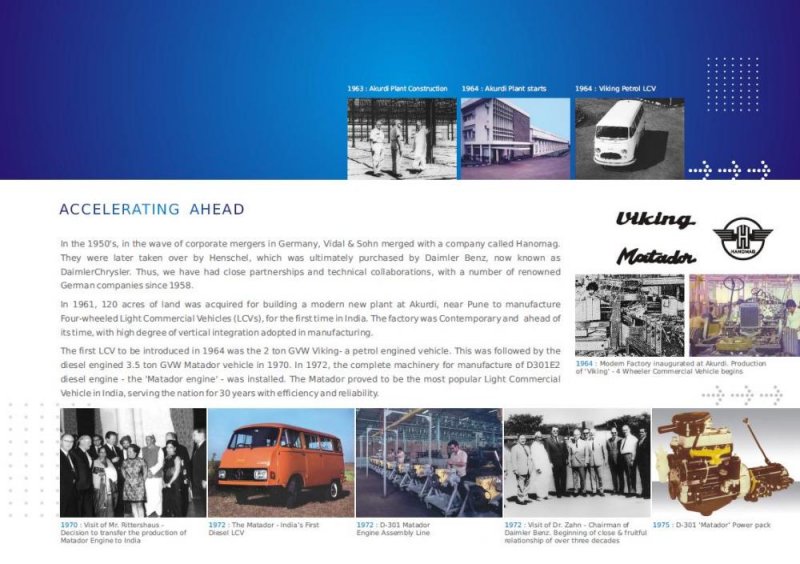
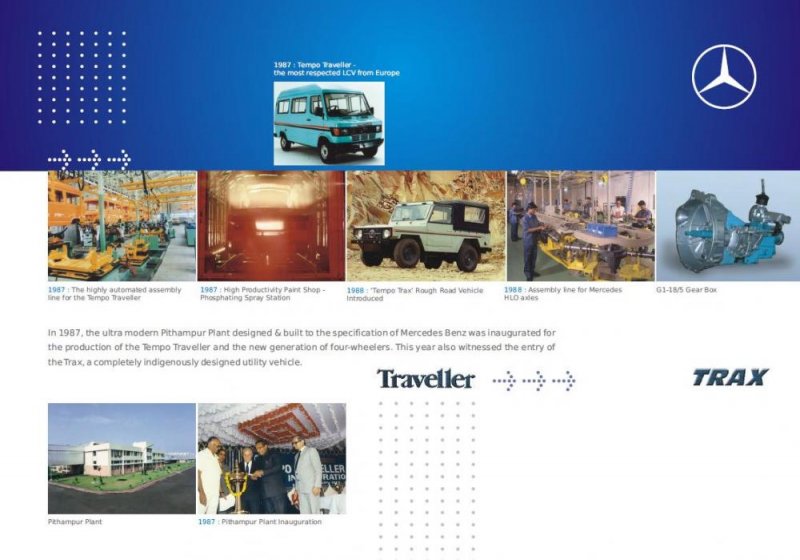
On 15th August 1957, the 10th anniversary of Indian independence, Mr. N.K.Firodia signed a collaboration with Vidal & Sohn Tempo Werke GmbH for phased manufacturing of TEMPO 3-WHEELER & manufacturing was started in a small plant at Goregaon, Bombay. The initial licensed capacity granted by the government was 1000 per year and 80 vehicles per month.
Expanding the business in 1961, the Company acquired about 150 acres of land in Akurdi near Pune. The production was transferred to Pune by the end of 1964. Ambitious plans for producing Light Commercial Vehicles for the growing industrial economy of India were drawn up. The manufacture of TEMPO VIKING 4-Wheeled Trucks & Vans commenced in November 1964. The licensed capacity was increased to 6000 vehicles per year.
The VIKING vehicle subsequently was upgraded with a diesel engine and the MATADOR was born. The production of Matador commenced in 1969. In 1975, the manufacturing capacity of the company was increased to 12,000 vehicles per year, in addition to 6,000 diesel engines for other purposes.
The collaborator company in Germany, in the wave of mergers during the 70 s merged eventually with Daimler-Benz. In July 1982, the company in a new collaboration - with the then Daimler Benz - produced the Mercedes Benz OM 616 engine under license for fitting on its line of vehicles.
The TEMPO TRAX Vehicle, specifically designed for the rough roads of rural India was developed by the Company's Research & Development department, to cater to the growing mechanisation of passenger transport in rural India.
forcemotors.com
Force Motors founded in 1958 as Bajaj Tempo Ltd. is a manufacturer of three wheelers, multi-utility and cross country vehicles, light commercial vehicles, tractors, buses and now heavy commercial vehicles. Abhay N. Firodia is the Chairman & Managing Director.


On 15th August 1957, the 10th anniversary of Indian independence, Mr. N.K.Firodia signed a collaboration with Vidal & Sohn Tempo Werke GmbH for phased manufacturing of TEMPO 3-WHEELER & manufacturing was started in a small plant at Goregaon, Bombay. The initial licensed capacity granted by the government was 1000 per year and 80 vehicles per month.
Expanding the business in 1961, the Company acquired about 150 acres of land in Akurdi near Pune. The production was transferred to Pune by the end of 1964. Ambitious plans for producing Light Commercial Vehicles for the growing industrial economy of India were drawn up. The manufacture of TEMPO VIKING 4-Wheeled Trucks & Vans commenced in November 1964. The licensed capacity was increased to 6000 vehicles per year.
The VIKING vehicle subsequently was upgraded with a diesel engine and the MATADOR was born. The production of Matador commenced in 1969. In 1975, the manufacturing capacity of the company was increased to 12,000 vehicles per year, in addition to 6,000 diesel engines for other purposes.
The collaborator company in Germany, in the wave of mergers during the 70 s merged eventually with Daimler-Benz. In July 1982, the company in a new collaboration - with the then Daimler Benz - produced the Mercedes Benz OM 616 engine under license for fitting on its line of vehicles.
The TEMPO TRAX Vehicle, specifically designed for the rough roads of rural India was developed by the Company's Research & Development department, to cater to the growing mechanisation of passenger transport in rural India.
forcemotors.com
Attachments
-
17.1 KB Views: 6,603
-
69.4 KB Views: 15,549
-
92.2 KB Views: 6,543
-
13 KB Views: 9,480
-
27.1 KB Views: 6,928



